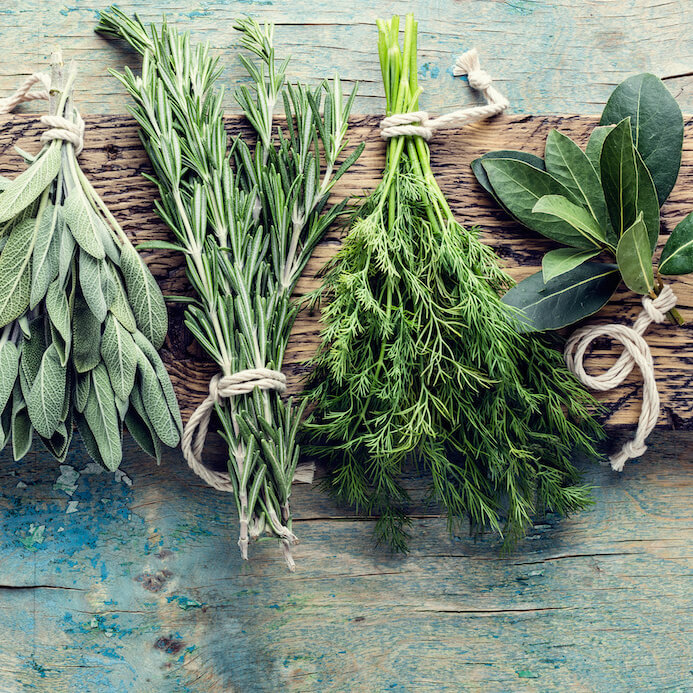Living Maxwell
Better Choices
Don’t Be Influenced By Pretty-Looking Organic Egg Cartons
Whether you’re new to organic or have been eating it for decades, here is a very likely scenario when you go to buy eggs.
You stand in the refrigerated section of the market, look at all of options, check out the prices and make a decision largely based on the packaging of each brand.
Some have attractive pictures of rolling farmland, others show actual farmers, some have photos of the animals. Most certainly, the brands are using buzz words such as “cage-free”, “sunlit porches”, “omega 3-s” or “heritage breed”.
Are these brands being falsely deceptive?
I don’t believe so at all. They are trying to make the packaging as attractive as possible, and rightly so. I would do the exact same thing.
While brand recognition and price are key factors, what the packaging looks like and the emotional reaction that it has on you can heavily influence purchasing decisions.
As I have written about before, all organic eggs are NOT the same — all birds are fed differently and are treated differently — but people forget this and may get seduced by wholesome, folksy packaging.
So, I took a sampling of 8 different organic egg brands and pulled their ratings from the Cornucopia’s Organic Egg Scorecard to see how they stacked up versus the attractiveness of the packaging.
The Organic Egg Scorecard classifies each brand into one of five categories:
“5-Egg” Rating: “Exemplary” – Beyond organic
“4-Egg” Rating: “Excellent” – Organic promoting outdoor access
“3-Egg” Rating: “Good to Very Good” – Organic, complying with minimum USDA standards
“2-Egg” Rating: “Fair” – Some questions remain concerning compliance with organic standards
“1-Egg” Rating: “Industrial Organics” – No meaningful outdoor access and/or non-transparent
Here is what I found.
VITAL FARMS === 4-EGG RATING
OLIVER’S ORGANIC EGGS === 4-EGG RATING
ALDERFER EGGS === 3-EGG RATING
CAROL’S === 3-EGG RATING
PETE AND GERRY’S === 3-EGG RATING
THE COUNTRY HEN === 2-EGG RATING
ORGANIC VALLEY === 2-EGG RATING
WHOLE FOODS’ 365 === 1-EGG RATING
MY TAKE
Based on this small sampling, I have two key takeaways.
1) The eggs with the strongest brand recognition – Organic Valley and 365 (Whole Foods) – scored the worst.
2) Do not go to the supermarket and buy eggs based on what the packaging looks like and what the messaging says. Sometimes it will indicate high quality, but other times it will not. You just don’t know for sure.
For me, I am much more drawn to the packaging of The Country Hen (2-egg rating) and Carol’s (3-egg rating) than I am to the two top-scoring eggs, Vital Farms and Oliver’s Organic Eggs, both of which had 4-egg ratings.
While attractiveness is in the eye of the beholder, my best suggestion is to use the Organic Egg Scorecard by the Cornucopia Institute, one of the most respected watchdog organizations in the organic food industry. These people have spent thousands of hours investigating and researching how brands treat and feed the birds, so you can get an informed idea about the quality of eggs you are putting into your body. Most importantly, you will eliminate the guesswork when going to the supermarket.
The Organic Egg Scorecard is part of Cornucopia’s incredibly important report called Scrambled Eggs: Separating Factory Farm Egg Production from Authentic Organic Agriculture.
In this report, Cornucopia highlights the disturbing conditions under which industrial organic egg producers are operating. Even though they are substituting conventional for organic feed and not using synthetic inputs, such as pesticides or antibiotics, some of these large-scale operators provide incredibly cramped, double-story conditions, limited access points to the outdoors, and covered concrete porches instead of adequate space on grass fields.
Just always remember, not all organic eggs are the same.
And more often than not, the packaging doesn’t tell the whole story, for better or for worse.
